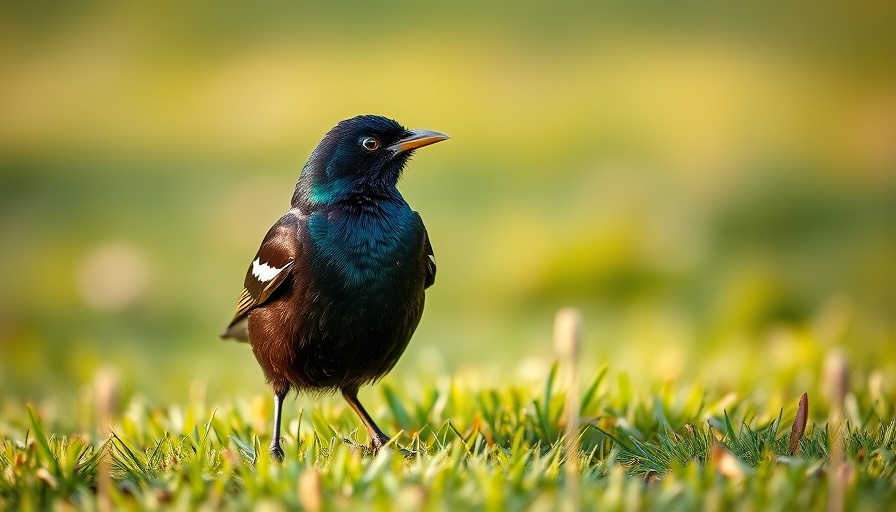
Starlings: Masters of Adaptation
European Starlings, a species originally from Europe, have quickly adapted to life in North America. Since their introduction in New York City, these resilient birds have thrived in various urban environments, becoming one of the most familiar birds across cities in the United States. What’s interesting is how their adaptation goes beyond mere survival—it involves significant genetic changes driven by their new surroundings.
The Impact of Climate on Evolution
In their European habitat, Starlings were accustomed to mild climates. However, as they established populations in North America, they faced starkly different environments, including harsh winters and arid desert conditions. Recent research has unveiled fascinating insights into these changes, indicating that some North American Starlings possess genetic adaptations that enable them to handle cold temperatures and dry conditions more effectively than their European counterparts. This evolution unfolds right before our eyes, illustrating how quickly species can adapt to new challenges.
Global Perspectives: A Broader Look
Interestingly, European Starlings have also made their way to Australia, albeit with limited success compared to North America. In Australia, like in North America, genetic changes are observed—specifically, genes that enhance stress response under extreme conditions seem to be selected for in starlings as they migrate further. This scenario paints a broader picture of adaptation strategies in avian species across different continents and emphasizes the global phenomenon of invasive species evolving in response to environmental pressures.
Why Starlings Matter
The evolution of European Starlings serves as an important reminder of nature’s resilience and the ongoing processes of change that affect all species. These fascinating adaptations not only help Starlings survive in their new habitats but also impact local ecosystems, where their presence can compete with native species for resources. Understanding these dynamics is vital for conservation efforts and the management of invasive species.
 Add Row
Add Row  Add
Add 




 Add Row
Add Row  Add
Add 

Write A Comment